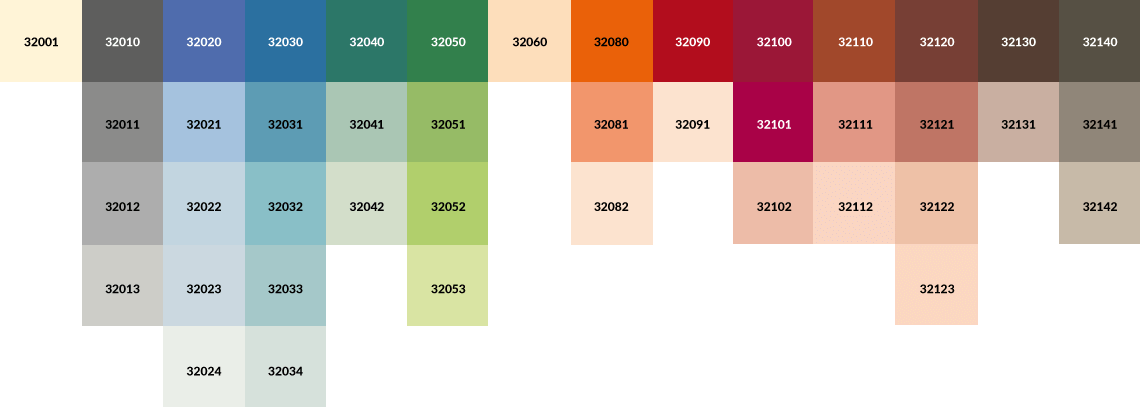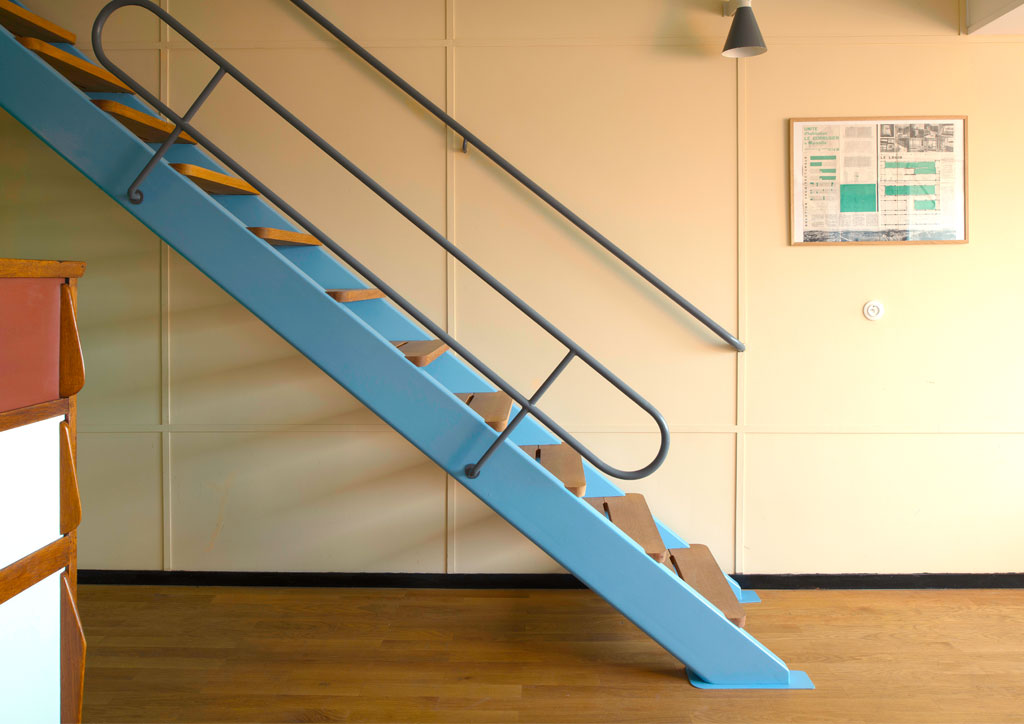
Combining Colors: Revisiting Le Corbusier’s Color Theory
Charles-Édouard Jeanneret or Le Corbusier, is one of the pioneers of modern architecture. His portfolio has projects spanning urban planning for entire cities to crafting furniture. some of this work embraced a color theory he called Architectural Polychromy. Considered one of his masterpieces, it has 63 shades in two color collections. The 1931 collection has 43 shades in 14 series while the 1959 has 20 more intense shades. Known as the Keyboards of Color, they are all harmonious hues that can be combined in any way. These tones also come with a color selector that combines colorful and neutral tones.



Related read: Designed for Children: The Jiaogong Kindergarten Campus is a Colorful Playground Inspired by a Spaceship
Colors have three groups: constructive, dynamic, and transitional.
Constructive
Constructive colors have natural pigments used to create pleasant atmospheres. Often, they establish harmony, warmth, and a connection with the natural environment. These colors make up the space’s ambiance and character.
Dynamic
Dynamic colors use synthetic pigments that evoke emotional responses. These colors are bold, vibrant, and intense–reds, blues, and yellows. These primary colors give the space visual impact and a heightened sense of dynamism.
Transitional
Transitional colors or transparent colors alter surfaces without affecting spatial depth. Usually, these are for glazes or clear finishes to improve the texture of materials.

According to color psychology, colors actually have an effect on our minds. Colors do have different meanings according to one’s own memories or culture. But a well-blended mix of colors in a space can certainly make a day feel fresher and brighter or dull and lonely.


